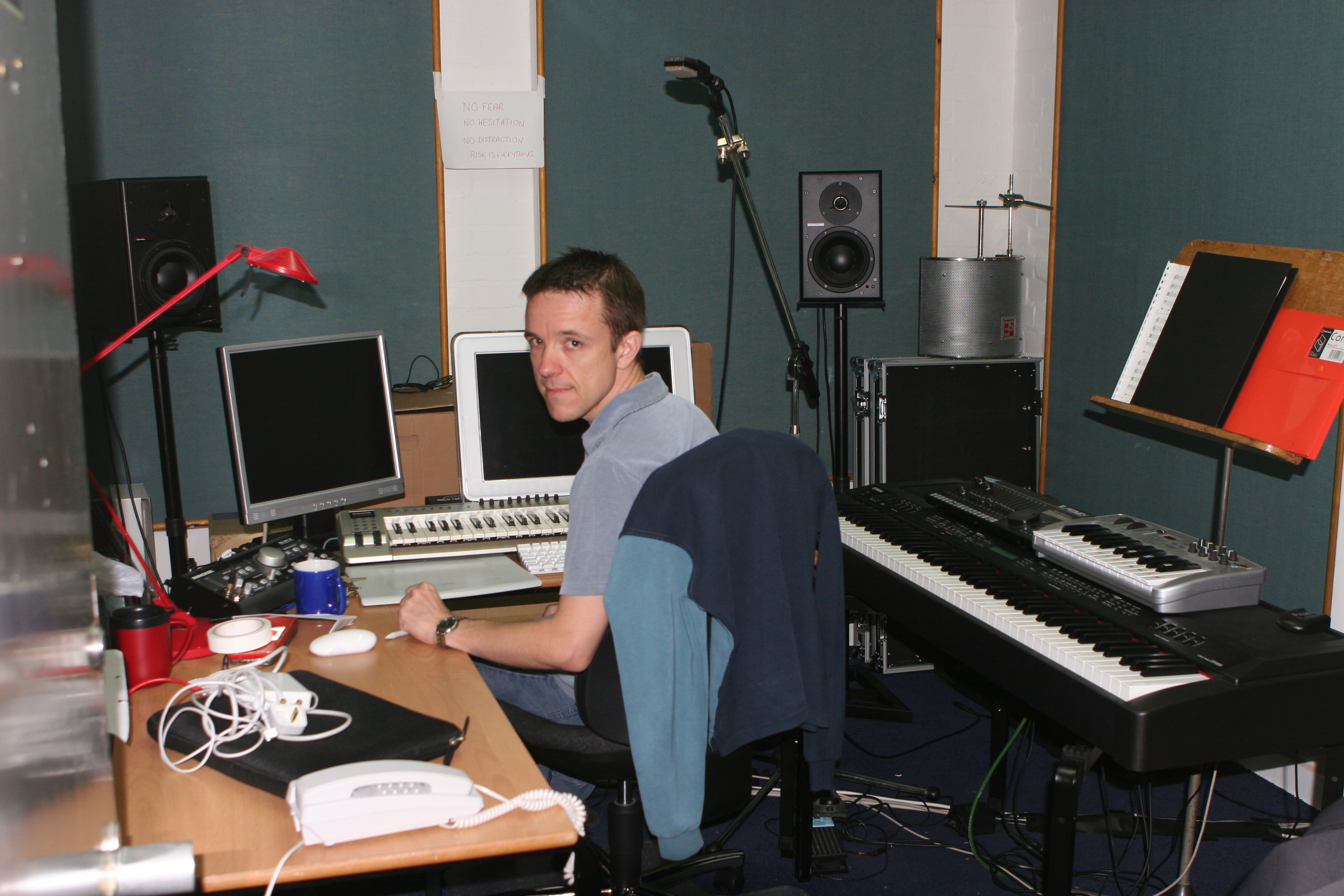
It's 2007. I stumble blearily off a red-eye flight from New York (where we've opened Coram Boy).. and head straight to a rehearsal room in Kennington. A new project called War Horse is being workshopped.
Walking in, I'm totally unprepared for what I see.
In a fog of jetlag, my brain tilts momentarily. How on earth had they managed to get a real, live horse up and into a room on the third floor of an industrial building?
Then my mind catches up; this isn't a real horse. It's an astonishingly realistic life-sized puppet. Wow. This was going to be a very special show. Like no other.
War Horse had already been in development for some time.. and now, seven months before opening, my own work starts. It soon becomes apparent that two musical domains are necessary to tell the story: firstly, folk music - specifically the folksong of the time and place (Devon) at the turn of World War 1. John Tams, in his role as 'Songmaker' for the show, is drawing on his vast knowledge of the English folk tradition to offer material to shape the folk element of the score. We ask ourselves: what songs might villagers have sung around that time in Devon, and in what contexts or on what occasions? And so on.
The second domain is an orchestral landscape.. symphonic, cinematic, epic. Tom Morris is nudging me towards Mahler, Strauss, Elgar.. all of which resonate, though so do Vaughan Williams, Butterworth and other early 20th century British composers, so we chuck all those on to the 'mood board' too.
We're at the start of this process, and we don't yet know what music - if any - a scene needs. Often, we don't even yet know what the scene itself is ; the script is still in constant flux. The devising workshops are for finding these things out.
What's music in a play (or film) for, anyway? Usually, to amplify an emotional response to something. But before the question of "what emotion?" comes "who's emotion?". Who's emotional response are we talking about? Our own response as an audience to what we're seeing? Could be. But more intriguingly, the music can illuminate the emotional response of the characters on stage; showing us what they're feeling, even if they're not speaking. So who's 'point of view' we choose the music to represent is an important decision. Today we're working on the First Charge scene. Do I need to light an orchestral fire under this to stoke the audience's building sense of excitement? Or instead take us into the numbing, paralytic fear those vulnerable soldiers are feeling.. with a chilling, discordant stasis in high strings only? Two totally different angles on the same scene. Which way I jump needs to be decided by close discussions with the director. And even they probably don't know the answer yet.
So we just try things. Most of them wrong. Regardless; failing and retrying is the only way through. So I start by throwing random bits of existing recorded orchestral music at scenes we were working on.. Stravinsky, Walton, Ravel, Mahler. I've made up a kit of these random chunks and mapped them out across a sampler keyboard. Then, as our actors play out a charge scene, I pick a random key on the keyboard and see what comes out. Each time, a different choice of random key reveals a fascinating variation in the story.
Writing of the War Horse score takes place over many months. The trumpet motif representing Joey, heard right at the top of the show, is one of the first things to be written:

A question a composer has to think about when inventing material, especially when it's the first thing an audience hears, is: how transformable is it into something else? If we can hear that trumpet motif in multiple contexts throughout the score, then the listener links it back to the original context and makes a connection to it, creating a web of aural memory that expands as the piece progresses. This enriches the meaning of the music and the scene it's applied to, and develops the characters within it.
With this in mind, I realise I can use the folk song elements being sung on stage - the melodies, the rhythms - as raw motivic material for the music of the orchestral world. And that's when things get really exciting. For example, I can take the spirit of almost naive optimism in 'The Scarlet and the Blue', sung by the Devon villagers as they sign up to join the army:
..and later use it as the mercilessly ironic motor rhythm for a battle charge, in which the soldiers are finding out just what going to war means:
All of this work I'm doing from a windowless room in the basement of the National Theatre, whilst dashing up to the rehearsal room every now and then to try things out. Perhaps not the most comfortable environment, but there's no time to think about that.. the schedule's intense.

We certainly had no idea how successful War Horse would be in the early days. Its first previews were way too long, and there was some doubt that the project would survive its initial outing. But we set to work, tightening and improving.. and before long the show was being talked about all over town.
War Horse has since been seen by over 8 million people in 11 countries, and it's a piece that we're hugely proud of as a creative team. For me as the composer, it's also led to related orchestral projects such as War Horse: The Story in Concert and the War Horse Suite.
